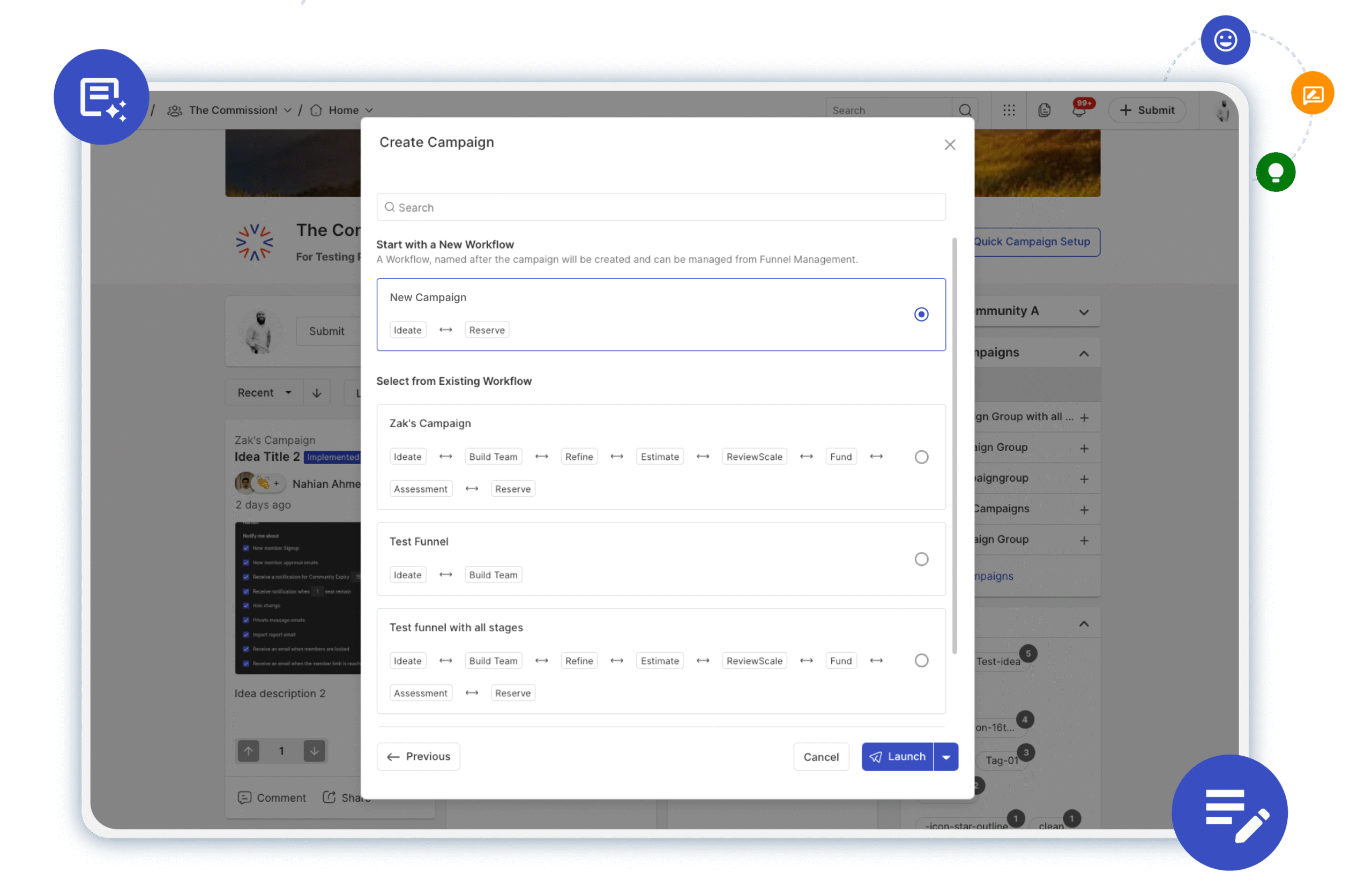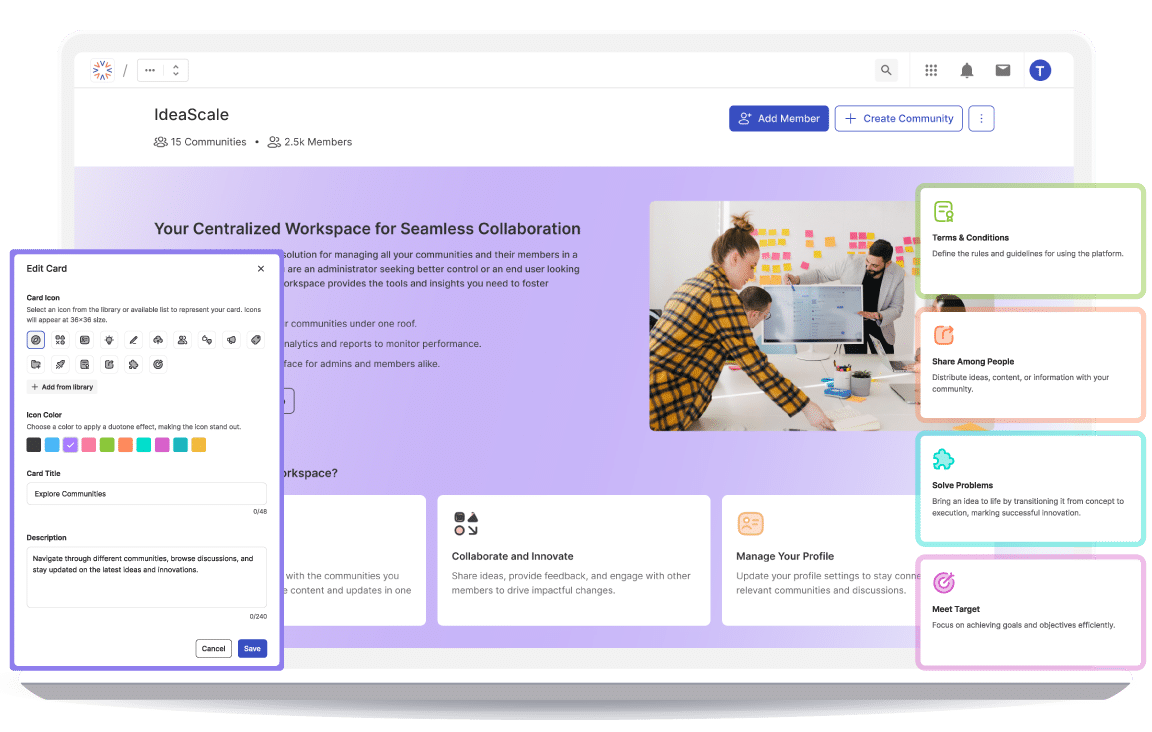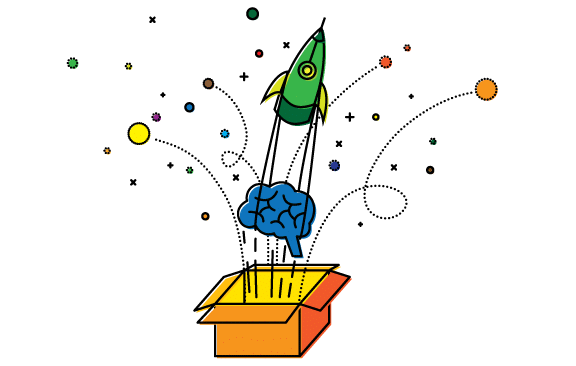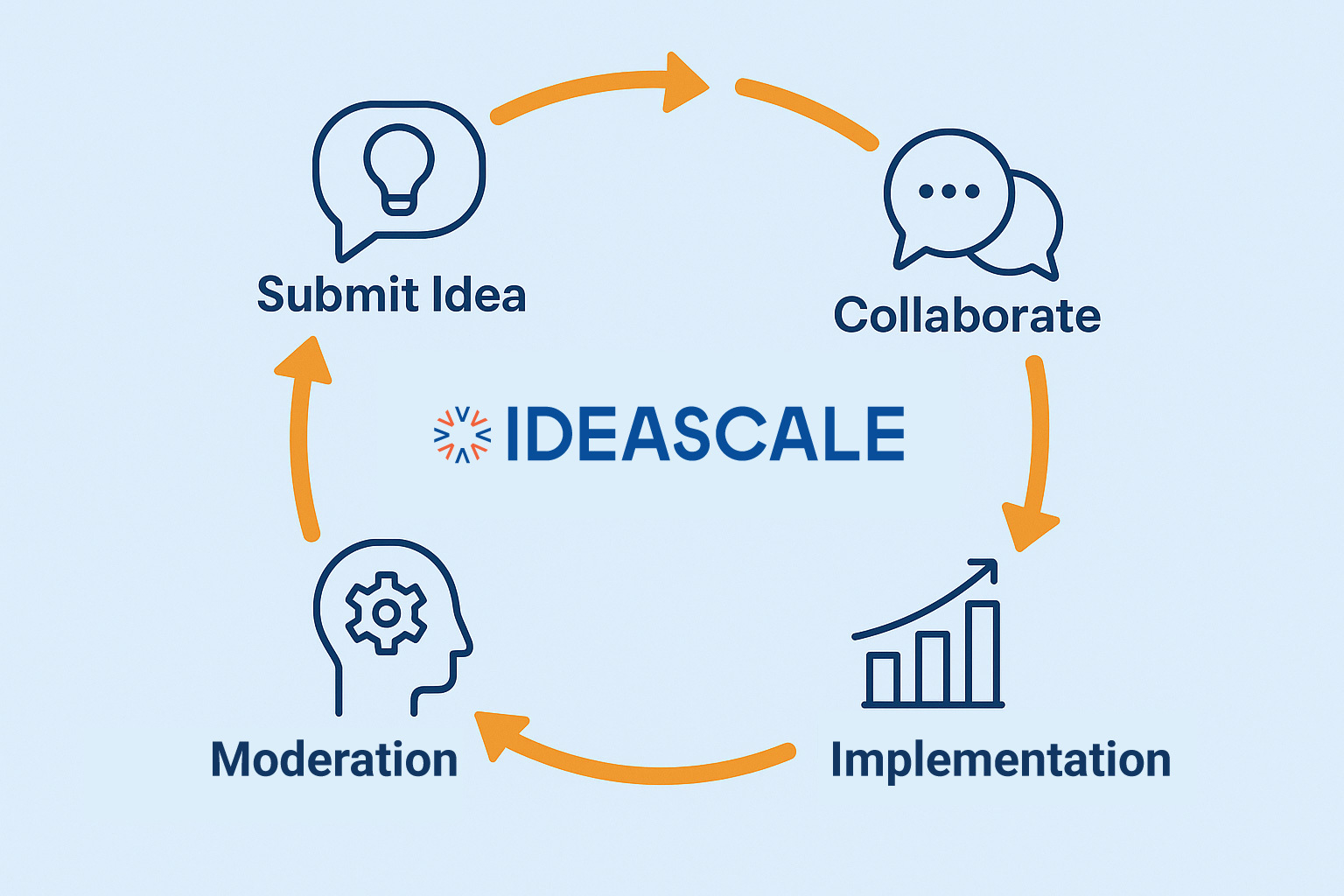What is Team Collaboration?
Team collaboration is a dynamic process where individuals seamlessly unite their efforts to achieve a common goal or complete shared tasks. This collaborative effort involves the orchestrated coordination and integration of diverse skills and resources among team members, resulting in the accomplishment of objectives with exceptional efficiency and effectiveness, surpassing individual efforts in isolation.
Critical to the success of team collaboration are shared performance metrics and guiding principles that significantly enhance communication and teamwork. Organizations championing team collaboration as a foundational principle must consider key elements such as technology, communication styles, and company culture when formulating collaboration guidelines. This approach distinctly differentiates team collaboration from mere collective efforts on a task or project.
In the evolving landscape, particularly in response to the Covid-19 pandemic and subsequent lockdowns, technology enabling remote team collaboration has emerged as a pivotal trend. This transformation positions team collaboration as a central theme for companies globally. Notably, a study by Fortune Business Insights projects substantial growth in the team collaboration software market, reaching nearly USD 41 billion by 2028 from approximately USD 17 billion in 2021. This underscores the escalating significance of team collaboration, not just as a project management technique but also as a vital technology tool propelling enterprise goals in the foreseeable future.
Key aspects of team collaboration include:
- Communication: Open and effective communication is crucial for team collaboration. Team members need to share information, updates, and ideas with each other to ensure everyone is on the same page.
- Coordination: Teams must coordinate their efforts to avoid duplication of work, minimize conflicts, and ensure that tasks are completed in a timely manner. This may involve creating schedules, assigning roles, and setting deadlines.
- Sharing of Resources: Collaborative teams often share resources, such as knowledge, skills, and tools, to leverage each member’s strengths and achieve a collective outcome.
- Problem Solving: Teams collaborate to solve problems and overcome challenges. By pooling diverse perspectives and expertise, teams can develop innovative solutions that may not be possible with individual efforts.
- Mutual Support: Team members provide support to each other, fostering a positive and collaborative working environment. This support can come in the form of encouragement, assistance with tasks, and sharing of responsibilities.
- Decision-Making: Teams collaborate to make decisions collectively. This may involve discussions, brainstorming sessions, and consensus-building to ensure that decisions are well-informed and accepted by the team.
- Flexibility: Effective collaboration requires flexibility and adaptability. Team members need to be open to new ideas, willing to adjust their approaches, and responsive to changes in the project or team dynamics.
Team collaboration is essential in various settings, including business, research, education, and community projects. It can enhance productivity, creativity, and overall performance by leveraging the diverse skills and perspectives of team members. Technologies such as collaboration tools, project management software, and communication platforms play a crucial role in facilitating and supporting team collaboration, especially in remote or distributed work environments.
7 Key Benefits of Team Collaboration
Having broadly understood what team collaboration is, let’s deep dive into its importance in 2023 and the benefits it brings as a collaborative methodology for better goal accomplishment for the enterprise as a whole:
1. Increased employee-to-employee contact
In today’s hybrid and remote work environment or even on-premise jobs, employees can often work in silos and feel isolated. No matter where we work, that sense of human contact is absolutely essential for any organization to function in a healthy work environment.
Team collaboration enables and improves employee-to-employee contact, encourages friendly relations and helps create a more collaborative work environment.
2. More efficient project management
A team that is more collaborative is also more efficient in managing existing projects, as well as absorbing new projects and tasks. This is because team members already know each other’s roles and responsibilities, are often self-sufficient in collaboration without managerial intervention, and are more productive.
In fact, according to Forbes, team collaboration can enable employee productivity to rise by 50% more than employees who are working in a silo or an individual setting.
3. Improved employee satisfaction
Team collaboration brings in employee collaboration, but it does not wash away the individual contribution of an employee. Employees still carry individual metrics, and while that may in turn be tied to the larger team/ organization goals, the metrics for success still remain individual. This allows employees to retain their sense of individuality, while also being part of something bigger and more collaborative. Often working with others also helps employees get noticed by their peers and managers for their unique skills and get recognition.
This balance between individual and team goals brought through team collaboration can lead to improved employee self-confidence and satisfaction at the firm.
4. Skillshare and latent strength discovery
Anyone who has had a conversation with another person knows that other people can often be a driver for strength discovery.
For instance, in a creative team, a writer may discover a latent talent for design when working with other designers on a project. Or a computer programmer who may also be a good project manager.
This doesn’t necessarily need to be broad, sometimes it’s the smaller skills that get shared, such as design short-cuts, process management, software use, etc.
5. Identification of weaknesses
Working as a team for collaboration doesn’t just expose individual and team strengths, it also surfaces weaknesses. This may pertain to macro organizational flaws such as hiring employees that are not good fits for the existing team structure, insufficient technology stack to facilitate communication or not having the right employee governance and metrics in place. Similarly, there may be smaller team or employee-level issues such as not setting the right expectations of delivery, misappropriation of resources within the team, etc.
Whatever the identified issues may be, they are always better to have been identified through team collaboration than having them cause damage undetected.
6. More future-ready
If the pandemic taught enterprises anything- it’s the need to have a collaborative environment. A team that is collaborative can handle emergency conditions better, absorb business objective changes, and re-orient without confusion and chaos.
In 2022, it became clear that the future of work will be hybrid and/or remote. In any hybrid work environment, team collaboration becomes paramount to effective data management, business functionality, and delivery.
7. Better disaster recovery and business continuity
A collaborative team can manage enterprise documentation, company assets, and data much more efficiently and securely. Such teams also respond to software threats and company emergencies much faster since collaborative protocols are already in place. This means that in case of a business or natural disaster, the continuity of the enterprise will have much higher chances than in an organization where collaboration runs scarce.
Learn more: What Is Remote Collaboration?
Top 10 Team Collaboration Examples
Team collaboration is essential in various professional settings and can take many forms. Here are some examples of team collaboration in different contexts:
1. Project Management
- Agile Scrum Teams: In software development, cross-functional teams work together in sprints to develop and deliver product increments.
- Construction Projects: Architects, engineers, and construction workers collaborate to complete construction projects on time and within budget.
2. Healthcare
- Medical Rounds: Doctors, nurses, and specialists collaborate during patient rounds to discuss treatment plans and patient care.
- Interdisciplinary Teams: A team of healthcare professionals works together to provide comprehensive care to patients, such as in cancer treatment or palliative care.
3. Marketing
- Content Creation: Copywriters, designers, and marketers collaborate to create and launch marketing campaigns, including content for social media, websites, and print materials.
- Product Launches: Cross-functional teams work on product launches, involving market research, product development, and marketing strategies.
4. Education
- Teacher Collaboration: Educators in a school collaborate to create a curriculum, share resources, and discuss student progress.
- Student Projects: Students collaborate on group projects, learning teamwork and communication skills.
5. Remote Work
- Virtual Teams: Distributed teams use online tools like Slack, Zoom, and project management software to collaborate effectively, even when working from different locations.
- Document Collaboration: Teams use cloud-based document-sharing platforms (e.g., Google Docs or Microsoft Teams) for real-time collaborative editing.
6. Creative Arts
- Film Production: Filmmakers, including directors, actors, writers, and production crews, collaborate to create movies or TV shows.
- Musical Bands: Musicians collaborate to compose and perform music, requiring teamwork and creativity.
7. Research and Development
- Scientific Research Teams: Researchers from diverse backgrounds collaborate on experiments, data analysis, and publications.
- Product Development Teams: Engineers, designers, and marketers collaborate to develop new products and bring them to market.
8. Customer Support
- Customer Service Teams: Agents collaborate to address customer inquiries and resolve issues effectively.
- Escalation Teams: When complex issues arise, specialized teams may collaborate to provide solutions.
9. Nonprofit and Volunteering
- Community Projects: Volunteers and community members collaborate to plan and execute initiatives, such as building a playground or organizing a charity event.
- Nonprofit Organizations: Teams within nonprofits work together to advance their mission, often with limited resources.
10. Manufacturing
- Assembly Lines: Workers collaborate along an assembly line to manufacture products efficiently.
- Quality Control Teams: Teams inspect and ensure the quality of products during the manufacturing process.
These are just a few examples, and team collaboration is a fundamental aspect of many industries and professions. Effective collaboration often involves clear communication, shared goals, and the use of collaborative tools and technologies to streamline work processes.
How to Improve Team Collaboration: Top 15 Best Practices
1. Set clear team goals and objectives for collaboration
Team collaboration requires a specific set of objectives and goals. The goals and objectives for collaboration already exist, the aim is to clearly identify and communicate them to the team leaders and individual team members.
For example, a collaboration goal for a sales team would be to keep the CRM software updated for each customer so that the next employee they talk to has the most updated understanding of the relationship. This in turn can point to the larger objective of meeting sales and retention targets.
2. Effective Communication
Foster open and transparent communication within the team. Promote an environment where team members feel comfortable sharing their thoughts, ideas, and concerns. Use multiple communication channels, such as in-person meetings, video calls, instant messaging, and email, to accommodate various communication styles and preferences.
3. Define Roles and Responsibilities
Clarify individual roles and responsibilities within the team to prevent confusion and duplication of effort.
Create a RACI matrix (Responsible, Accountable, Consulted, Informed) to specify who is responsible for what tasks.
4. Address road-blocks
Team leaders and company management need to ensure that the right paths and decision chains are set to address roadblocks within a team. These roadblocks may stem from technology issues, inter-employee relations, misunderstanding on delivery times, lack of transparency, unclear and/ or overlapping roles and responsibilities within the team, etc.
5. Set the collaboration process and protocols
Team collaboration requires a set of processes and protocols for each member to follow while communicating with their peers and leaders. This is highly subjective to the larger company culture. For example, a company may or may not strictly forbid any use of casual profanity in meetings, require to screen-share when discussing data or require specific login times for team members to sync up their work schedules.
6. Involve team members while making team collaboration decisions
When making decisions on processes aimed towards streamlining collaboration, it is always important to give each team member a seat at the table. It is certainly understandable if some decisions have to be taken unilaterally by the management and team leaders, however, it is important to listen to concerns or projected roadblocks before ironing out the final steps.
7. Use team collaboration software and tools
Team collaboration software such as IdeaScale Whiteboard, enables visual collaboration between team members. Such tools can be used for ideation and idea-sharing, brainstorming, task management, sharing analysis data in a visual and easily consumable format, etc.
Team collaboration tools enable more efficient and effective communication among members while also providing the right technology to present analysis and results to the management.
8. Implement the right technology stack for the team
Tech enablers are today the cornerstone for any company function. This technology stack needs to include the requirements of team members working on different tasks since each task may need its own software/ tool. Often, these tools may require integration with each other for better collaboration.
9. Ensure individual and team recognition
While team collaboration will facilitate the achievement of common goals for the team, each employee must have their own individual metrics on which they should receive acclaim and recognition when achieved. In fact, team collaboration often suffers when individual employees feel lost and unrecognized behind the larger team.
While smaller companies can achieve this without an HR team, for enterprises this function is best achieved when a neutral team like the HR is involved to ensure the decisions are unbiased and the right metrics are evaluated.
10. Conduct the right type of employee engagement sessions
Different employee groups may respond differently to types of employee engagement activities. Some may respond better to a group debate session, while some may want to engage in gaming sessions. It is important to understand employee personalities and preferences before setting the engagement sessions. These sessions can be within the team as well as cross-team, or even company-wide.
11. Facilitate employee mental-health wellness
Apart from Covid, another pandemic today is mental health. Team wellness depends on individual member wellness, and employees are most productive and creative when they are mentally fresh and relaxed.
This means employers and team leaders need to ensure a work culture that is free from personal biases, psychological harassment, and bullying, cultivates a respectable and open work environment where freedom of speech is respected as much as professionally possible, ensures employees can take time-offs for mental health without prejudice or losing discretion, etc.
12. Promote employee socialization
In today’s hybrid world, it is important to observe that sometimes employees are working too geographically apart to socialize in person. However, socialization should be promoted among those living in proximity and perhaps even a quarterly or annual company-wide gathering. While physical socialization among team members is still the best way to cultivate good working relations, even remote events through the use of conferencing for casual non-office talks can still help fill the gaps.
13. Inclusive Decision-Making
Involve team members in the decision-making process, especially when decisions affect the entire team. Encourage consensus-building and democratic decision-making when appropriate.
14. Lead by Example
Leaders should model effective collaboration by actively participating, communicating openly, and demonstrating a commitment to the team’s success.
15. Continuous Improvement
Regularly assess and reflect on the team’s performance and collaboration processes. Recognize aspects that need enhancement and make necessary adjustments.
Learn more: What Is Cross-team Collaboration?
Most Recent Posts
Explore the latest innovation insights and trends with our recent blog posts.













